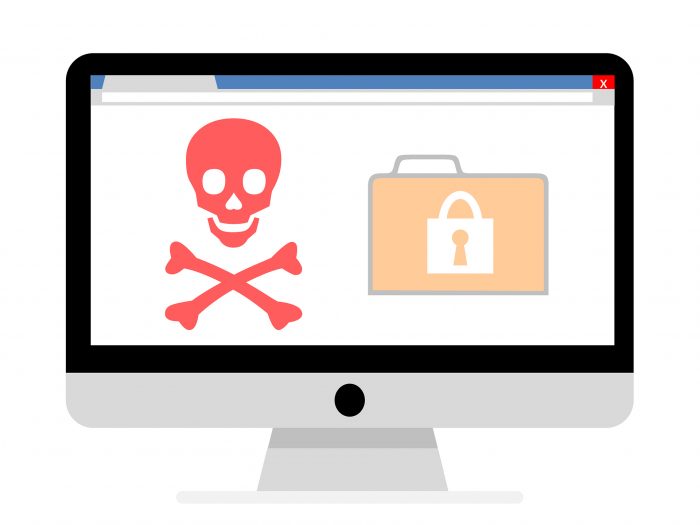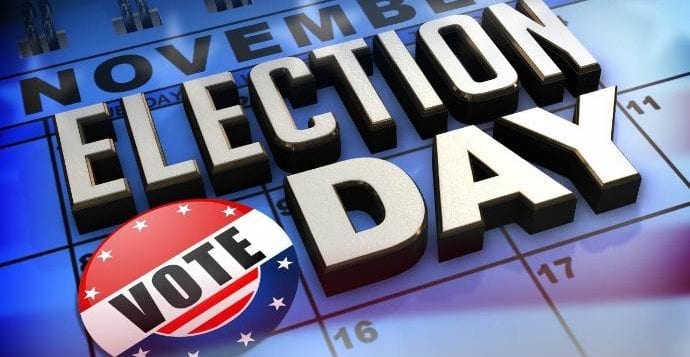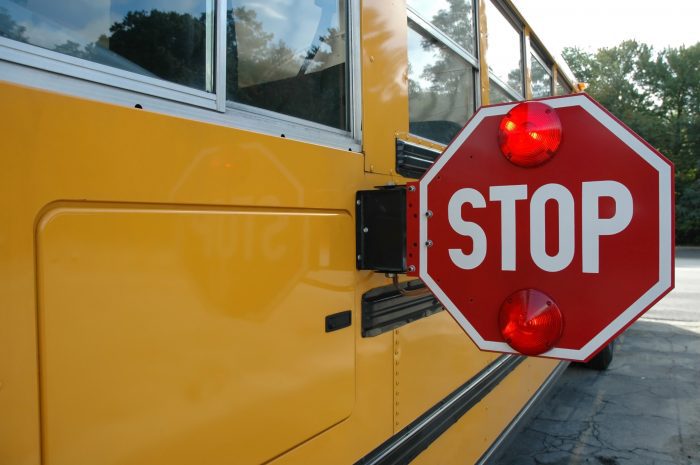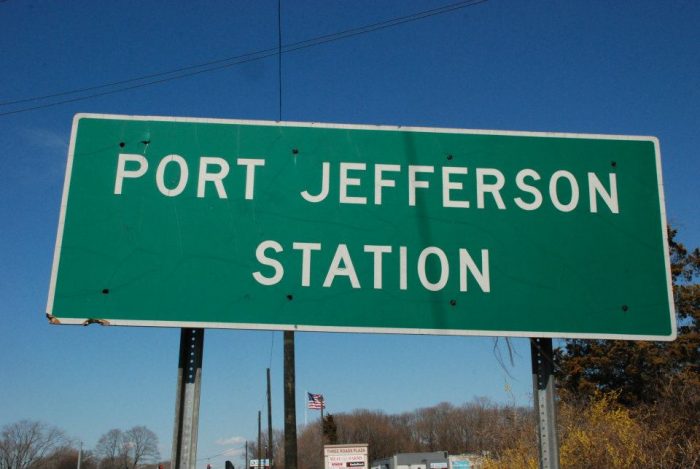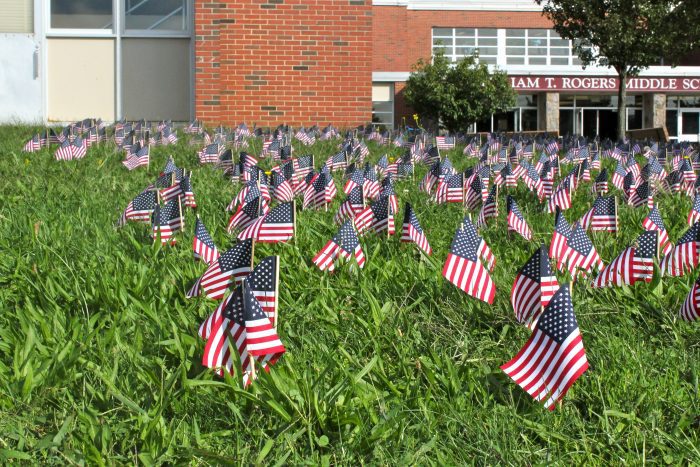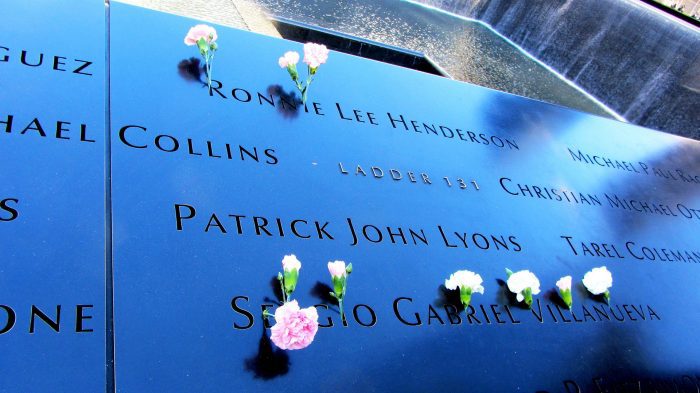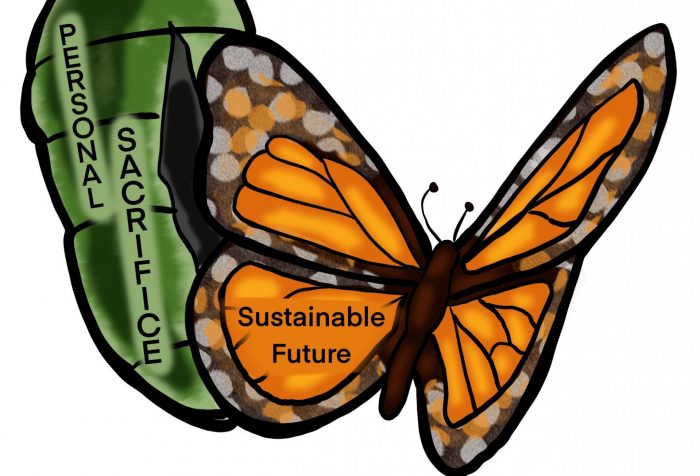After tackling the Black Friday frenzy at local malls and major department stores, the Saturday after Thanksgiving is set aside for our small businesses.
For over a decade, holiday shoppers have taken part in Small Business Saturday, an initiative created by American Express and the nonprofit National Trust for Historic Preservation in the midst of a recession.
The annual event is an excellent opportunity to patronize mom-and-pop stores in our towns and villages. Many of these places provide personal services that consumers can’t find at larger retailers or by shopping online, such as exceptional customer service and wrapping gifts.
When shoppers support a neighborhood store, they are also helping the surrounding community. Many small business owners sponsor local sports teams or events. Those same owners also pay sales taxes to local municipalities, involving dollars going back into nearby public schools, parks, roads and so much more.
The multiplier effect of small businesses creates more jobs in our communities, too. With many mom-and-pops suffering from the aftereffects of pandemic shutdowns, shoppers at local businesses play a part in keeping small brick-and-mortar stores open and people employed.
We know with lingering COVID-19 concerns, it can be overwhelming for some to step into a store sometimes. Many have become accustomed to ordering online, but if you can’t get out or don’t want to, many local businesses have websites or social media pages where buyers can purchase goods online.
There are also quiet weekdays to stop by a local store and check out their unique items. Shopping small doesn’t have to be restricted to one day out of the year.
After a long day of shopping, remember small businesses aren’t limited to clothing or gift stores, either. Get a bite to eat or a drink at a restaurant or bar in town. Buy a gift certificate to your favorite Friday night spot for a friend or family member. Or maybe someone waiting at home would appreciate flowers from the local florist. Have a loved one who loves yoga, dancing or self-defense classes? Many schools and gyms offer gift certificates, and it’s an easy way for people to try out a business before committing to it.
Most of all, frequenting small businesses creates a stronger sense of community. The last few years have been difficult for many, and the support of others, especially neighbors, can make a huge difference in someone’s life and livelihood.
It is time that we think about the big picture. If we fail to support our local small businesses, then we will soon be left with vacant storefronts. Blighted downtowns can affect property values and diminish the quality and character of our community.
This Saturday, remember to patronize your local mom-and-pops. It may seem like a small gesture, but it can make a big difference for our community.


